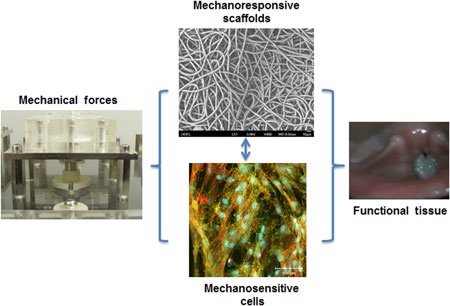Crossref Citations
This article has been cited by the following publications. This list is generated based on data provided by
Crossref.
Maina, John N.
and
Jimoh, Sikiru A.
2013.
Study of Stress Induced Failure of the Blood-gas Barrier and the Epithelial-epithelial Cells Connections of the Lung of the Domestic Fowl,Gallus gallusVariantDomesticusafter Vascular Perfusion.
Biomedical Engineering and Computational Biology,
Vol. 5,
Issue. ,
p.
BECB.S12988.
Xiao, Longxi
Tong, Zhixiang
Chen, Yingchao
Pochan, Darrin J.
Sabanayagam, Chandran R.
and
Jia, Xinqiao
2013.
Hyaluronic Acid-Based Hydrogels Containing Covalently Integrated Drug Depots: Implication for Controlling Inflammation in Mechanically Stressed Tissues.
Biomacromolecules,
Vol. 14,
Issue. 11,
p.
3808.
Yang, Xiaowei
Cui, Chengzhong
Tong, Zhixiang
Sabanayagam, Chandran R.
and
Jia, Xinqiao
2013.
Poly(ε-caprolactone)-based copolymers bearing pendant cyclic ketals and reactive acrylates for the fabrication of photocrosslinked elastomers.
Acta Biomaterialia,
Vol. 9,
Issue. 9,
p.
8232.
Tong, Zhixiang
Duncan, Randall L.
and
Jia, Xinqiao
2013.
Modulating the Behaviors of Mesenchymal Stem Cells Via the Combination of High-Frequency Vibratory Stimulations and Fibrous Scaffolds.
Tissue Engineering Part A,
Vol. 19,
Issue. 15-16,
p.
1862.
Tong, Zhixiang
Solanki, Aniruddh
Hamilos, Allison
Levy, Oren
Wen, Kendall
Yin, Xiaolei
and
Karp, Jeffrey M
2015.
Application of biomaterials to advance induced pluripotent stem cell research and therapy.
The EMBO Journal,
Vol. 34,
Issue. 8,
p.
987.
Baniasadi, Hossein
Mashayekhan, Shohreh
Fadaoddini, Samira
and
Haghirsharifzamini, Yasamin
2016.
Design, fabrication and characterization of oxidized alginate–gelatin hydrogels for muscle tissue engineering applications.
Journal of Biomaterials Applications,
Vol. 31,
Issue. 1,
p.
152.
Latifi, Neda
Heris, Hossein K.
Thomson, Scott L.
Taher, Rani
Kazemirad, Siavash
Sheibani, Sara
Li-Jessen, Nicole Y.K.
Vali, Hojatollah
and
Mongeau, Luc
2016.
A Flow Perfusion Bioreactor System for Vocal Fold Tissue Engineering Applications.
Tissue Engineering Part C: Methods,
Vol. 22,
Issue. 9,
p.
823.
Liyanage, Wathsala
Ardoña, Herdeline Ann M.
Mao, Hai-Quan
and
Tovar, John D.
2017.
Cross-Linking Approaches to Tuning the Mechanical Properties of Peptide π-Electron Hydrogels.
Bioconjugate Chemistry,
Vol. 28,
Issue. 3,
p.
751.
Isakova, Anna
and
Novakovic, Katarina
2017.
Oscillatory chemical reactions in the quest for rhythmic motion of smart materials.
European Polymer Journal,
Vol. 95,
Issue. ,
p.
430.
Frydrych, Martin
and
Chen, Biqiong
2017.
Fabrication, structure and properties of three-dimensional biodegradable poly(glycerol sebacate urethane) scaffolds.
Polymer,
Vol. 122,
Issue. ,
p.
159.
Latifi, Neda
Asgari, Meisam
Vali, Hojatollah
and
Mongeau, Luc
2018.
A tissue-mimetic nano-fibrillar hybrid injectable hydrogel for potential soft tissue engineering applications.
Scientific Reports,
Vol. 8,
Issue. 1,
Walimbe, Tanaya
Calve, Sarah
Panitch, Alyssa
and
Sivasankar, M. Preeti
2019.
Incorporation of types I and III collagen in tunable hyaluronan hydrogels for vocal fold tissue engineering.
Acta Biomaterialia,
Vol. 87,
Issue. ,
p.
97.
Ustunel, Senay
Prévôt, Marianne E.
Clements, Robert J.
and
Hegmann, Elda
2020.
Cradle-to-cradle: designing biomaterials to fit as truly biomimetic cell scaffolds– a review.
Liquid Crystals Today,
Vol. 29,
Issue. 3,
p.
40.





